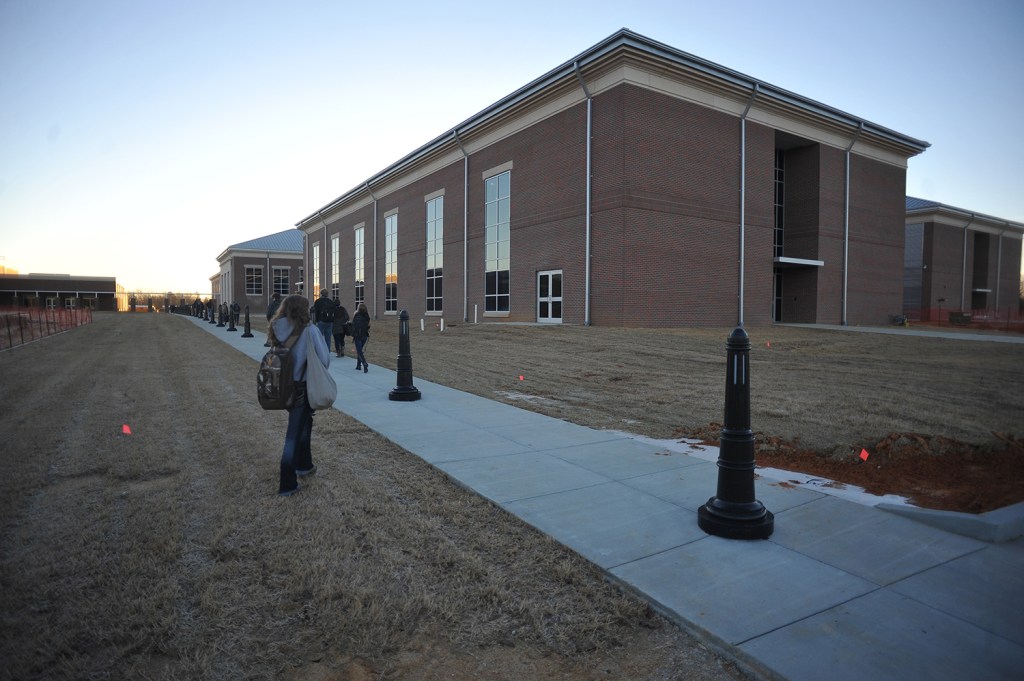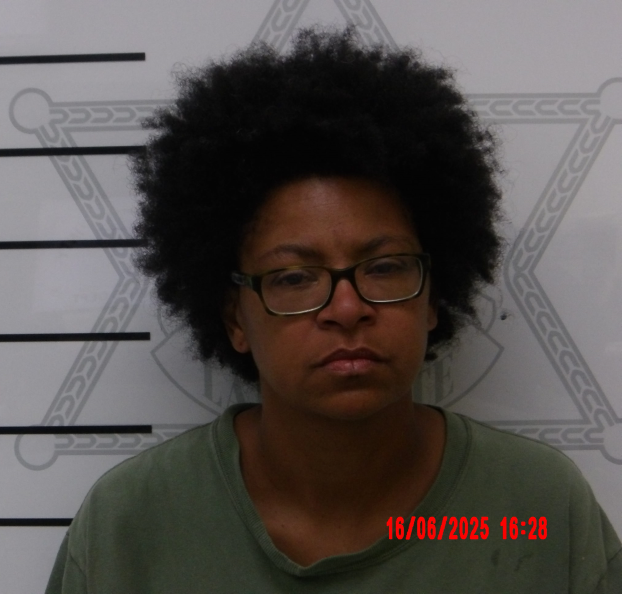OSD to make referendum decision
Published 12:00 pm Thursday, June 2, 2016
Like many entities in Oxford and Lafayette County, the Oxford School District is preparing for growth, and a big step toward readying for the future could come this month when its board makes a decision on putting a referendum on the table.
The referendum would help fund a capital improvement plan passed by the school board in January with a probable price tag of $54 million, with the largest cost being a new elementary school that could run a little over $18 million.
If the board sends its plan to a vote, residents could head to the polls in September or October, and if passed, bonds would be sold and funding would arrive for projects in January or February to begin in the spring. Construction would go through the following year and a new elementary school, at a location still to be determined, would be available in 2018. The central office would then move into the old elementary school.
Superintendent Brian Harvey said exactly how much the bond referendum would increase taxes will be presented to the board June 22.
“Preliminary numbers would suggest a 2 to 2.5 mil increase,” Harvey said. “This would equate to about $10 per mil on a $100,000 home. It could be less, pending the change in assessed valuation of property located within the Oxford School District.”
Harvey said because of the constant growth, the assessed valuation of Oxford goes up, and as that valuation goes up so does the capacity for bonds.
Also, the district has some bonds that are set to roll off, which will provide opportunities.
“We have a total bond capacity of $65 million to $70 million. About half of that is currently taken up in bond payments,” he said. “So that leaves us another 30 million that is a possibility. Every year as more businesses and homes are built, that assessed valuation goes up. We won’t have it all taken up. When we built the high school, we left about $10 million in capacity out there, and that’s what we’re planning to do now with this bond referendum. Because you may have an emergency where a tornado tears a roof off a school and you may have to do something in an emergency. We won’t be at our bond capacity.”
Plus, there will be extra left in the bank.
“By law we are required to have 7 percent in reserve,” Harvey said. “We’re required by our own policy to have 9 percent in reserve … in the fund balance so we can make it through the next year,” he said.
That money in the bank is for payroll during the months when ad valorem taxes aren’t plentiful and the district has to strictly budget to make ends meet. Currently, OSD has about $9 million in the bank, which will dwindle down to about $4 million by the fall and is not to be used for anything other than operational expenses. There is nothing in the capital improvement budget currently.
Growth necessitating the plan
Harvey said while a goal would be to fund all the improvements eventually, just because the plan is for $54 million, it doesn’t mean the district can or will spend that amount of money. He said it just means OSD has that dollar figure worth of improvements to pursue.
“If we don’t have the money, then we don’t do them,” he said. “The only way that school districts get money is through the state, through local ad valorem taxes (which really go for operational costs) and through the federal government. For construction and capital improvements, the only way to do that is through a bond referendum.”
There are three major projects to pursue, Harvey said, and the referendum will be for about half of the grand total.
“What we’ve discussed is a bond referendum in the neighborhood of $20 million to $25 million,” he said. “That would incorporate a new elementary school, Bramlett and the central office transition to Oxford Elementary. Those are the three big projects.”
The goal is to accommodate the enrollment surge at OES, which Harvey is projecting by studying the number of births in Lafayette County and processing what school district those children are winding up in.
“Growth in Oxford is just continuing,” Harvey said. “People are moving here, and when they move here, a disproportionate number are moving into the city school district when compared to previous years. Last year we got up to 69 percent of the 512 live births — we got 355 of them. That’s almost 70 percent. What that helps us to do is project what our enrollment is going to be next year. The last four years we’ve been above 65 percent.”
Even though Oxford is filling up with homes and developments and running out of desirable acreage to develop, Harvey said that isn’t deterring people from moving in, based on live birth rate projections.
“You can’t go anywhere and see places where they aren’t tearing houses down and building things back, whether they’re condominiums or condos or whatever,” he said. “Kids follow that. That growth is what’s driving all of this.”
In fact, there already has been so much growth that there currently are four classes of Oxford Elementary first-grade students at Bramlett because OE can’t hold more than the 655 that are enrolled currently.
“We just don’t have any more space at OE, and I think that trend will continue with our growth,” he said. “Next year we’re going to have fewer students at Della and two more students at the intermediate school. We’ll have less students at the middle school but we’re going to have over 100 more at the high school.”
If projections hold true, OES next year will have 720 students, 711 the next year and 735 the year after that, and Harvey said that is not sustainable with the current system.
Just a plan
Harvey initially presented four options to the school board back in January, and he said option two will have to be used if the referendum doesn’t pass.
The first option was to continue having multiple classes of first-graders at Bramlett at no cost. Option two was to have zoning for grades one through four where some students attend OE and some attend Della. Option three was a 0.5 mil increase on a 3 mil levy that would include possible renovations at Bramlett, OE, Scott Center and the central office. Option four was the bond referendum, which the board ultimately chose.
The board also hired, in April, consultant Southern Research Group to come in and determine how perceptive Oxford residents will be to the referendum. They haven’t started yet, but Harvey urges residents to remember the proposal is still just a plan and something like the sale of the Scott Center could alter the plan, which the board then would reconfigure needs of the district.
“We don’t even have a conceptual drawing yet,” for the elementary school, Harvey said. “We just know here are the numbers we have to plan for. It will probably come down a little bit, but at this point, I’m not really sure how much.”
Harvey recommended residents visit the OSD website, where agendas, minutes from meetings, financial statements and more are posted in an effort to be transparent and to remember the end goal when considering higher taxes.
“The schools are not the only reason that Oxford has a community where people want to move and live and raise their families, but we’re a big reason for that. Strong schools build strong communities,” he said.









